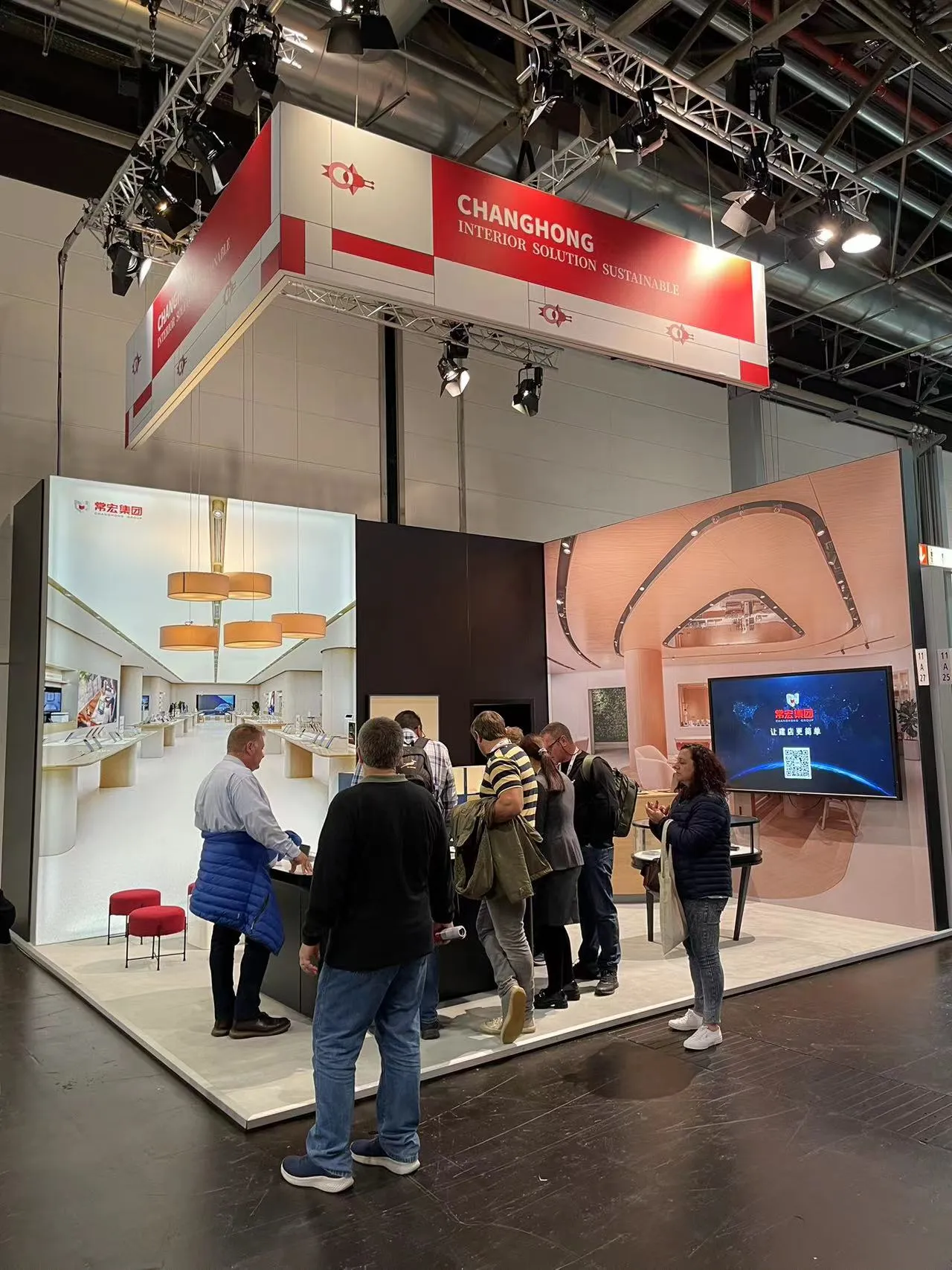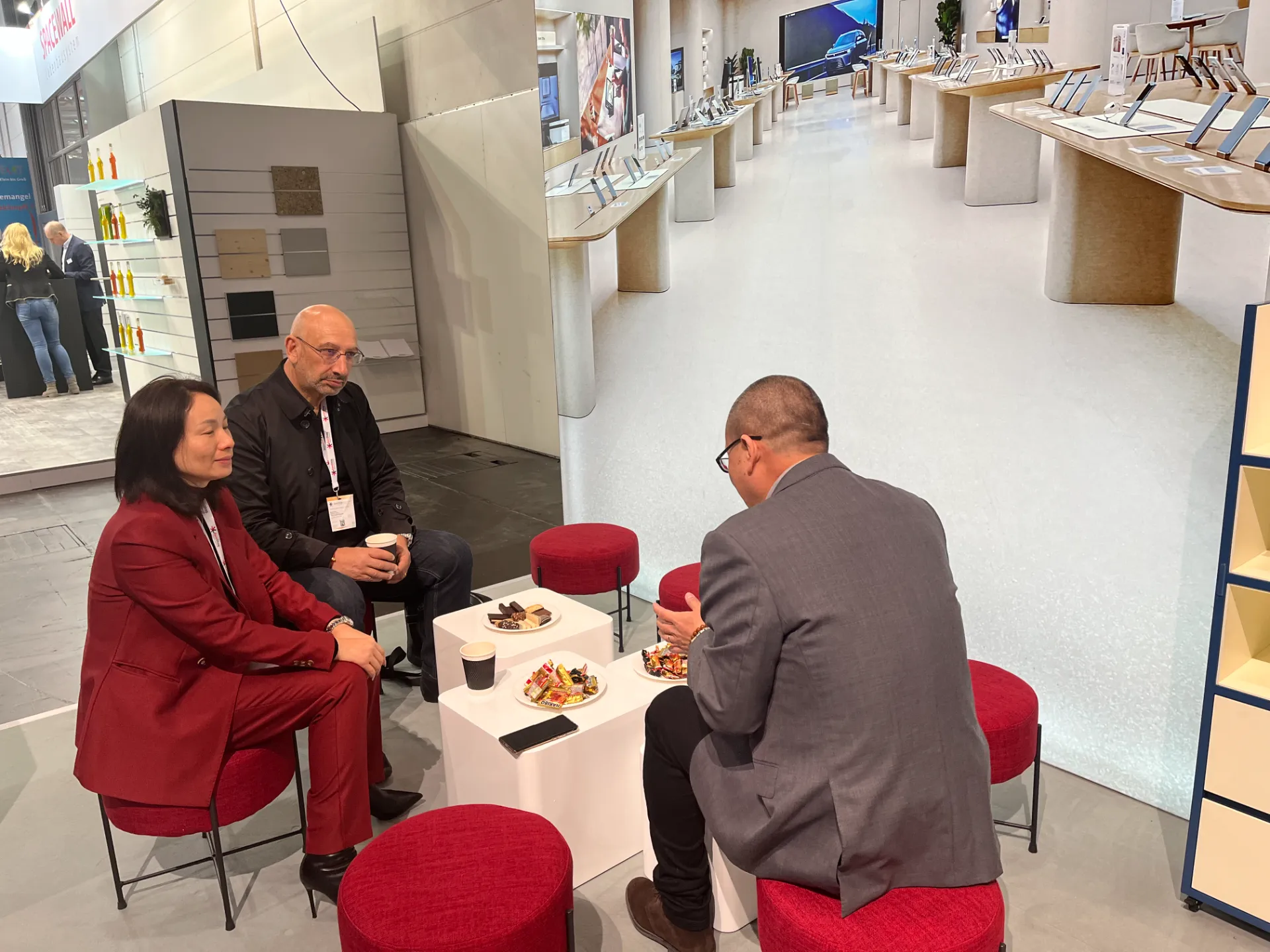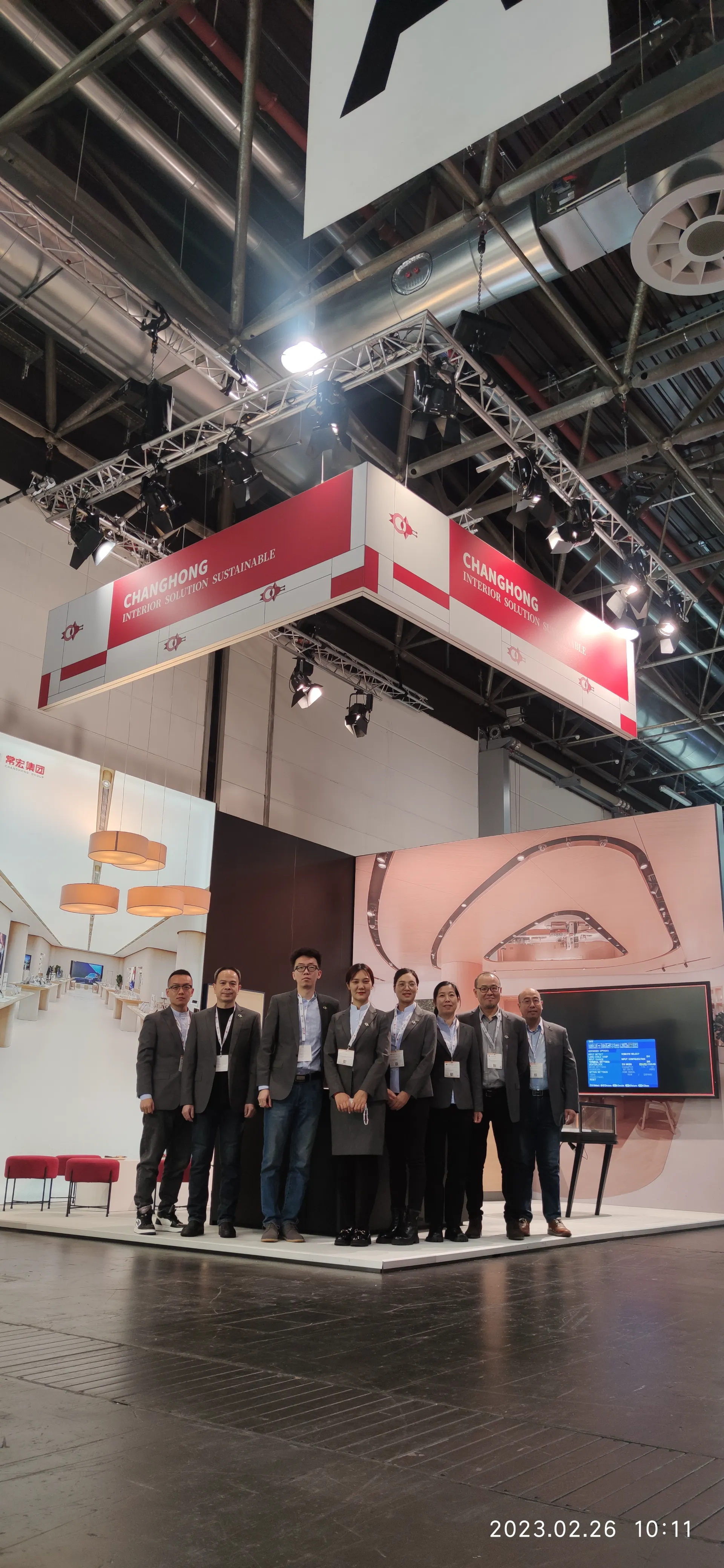Aug . 09, 2024 06:55 Back to list
Innovative Wall Design Featuring Stunning Glass Showcase for Modern Home Interiors
The Allure of Glass Showcase Walls A Bright Addition to Modern Interiors
In contemporary interior design, the concept of using glass showcases embedded in walls is gaining significant popularity. This innovative approach combines the elegance of glass with functionality, transforming how spaces are perceived and utilized. Glass showcase walls not only serve as aesthetic elements but also offer practical solutions for displaying cherished possessions, artwork, and other decorative items that embody the personality of their owners.
The Aesthetic Appeal
One of the most compelling aspects of glass showcase walls is their ability to enhance the visual appeal of a space. The transparency of glass creates an illusion of openness, making rooms feel larger and more inviting. Light can effortlessly flow through these displays, illuminating the showcased items and adding a touch of brilliance to the surroundings. Whether used in residential settings, offices, or retail environments, glass showcases can create a sophisticated atmosphere that captivates attention.
A glass showcase wall can feature a range of designs, from minimalist styles that emphasize clean lines to more intricate patterns that add flair. Customization options are plentiful, allowing homeowners and designers to select the perfect shape, size, and arrangement to align with the overall decor. Framed or frameless, angled or flat, the versatility of glass showcases offers ample opportunities for creativity.
Functionality Meets Design
Beyond their decorative appeal, glass showcase walls serve a functional purpose. They provide an ideal platform for displaying art, collectibles, awards, and personal treasures while keeping them protected from dust and damage. This aspect is particularly valuable in homes with kids or pets, where curios can easily be knocked over or handled carelessly. A glass showcase allows for showcasing these items without the worry of deterioration.
Moreover, these showcases can be illuminated with strategically placed lighting, adding drama and emphasis to the items on display. Whether it’s a collection of vintage vinyl records, family heirlooms, or a selection of curated art, the right lighting can transform the showcase into a focal point in the room. The ambiance created by the interplay of light and glass can evoke emotions and leave a lasting impression on guests and visitors.
glass showcase in wall

Integration in Various Spaces
The integration of glass showcase walls can be seamlessly achieved in various environments. In living rooms, they provide a stylish way to showcase decorative items and books without cluttering surfaces. In home offices, they allow for an organized display of awards and achievements, creating motivation in a busy work environment. Retail spaces also benefit greatly from glass showcase walls, as they offer an unobstructed view of products, enticing customers to engage and explore.
In restaurants and cafes, these showcases can also be used to display culinary delights, desserts, and specialty items, enticing patrons right from the entrance. The strategic placement of a glass showcase wall can facilitate communication and interaction between spaces, providing a visual connection that enhances the overall flow of design.
A Sustainable Choice
In addition to their aesthetic and functional advantages, glass showcases are an environmentally friendly choice. Glass is a recyclable material, which means that creating and working with glass structures can contribute to sustainable building practices. More designers and homeowners are considering this aspect as they strive to reduce their carbon footprint and create spaces that are not only beautiful but also responsible.
Conclusion
Glass showcase walls represent a harmonious blend of beauty and functionality, making them an excellent choice for modern interiors. Their ability to display, protect, and beautify spaces while fostering an open, airy feel makes them a standout element in contemporary design. As we continue to explore innovative interior solutions, glass showcases will undoubtedly remain at the forefront, shaping the future of how we present our cherished items and personalize our living and working environments.
-
The Benefits of Electronic Shelf Labels for Modern Stores
NewsJul.01,2025
-
Space-Saving Retail Store Furniture Designs for Small Shops
NewsJul.01,2025
-
Slatwall vs. Gridwall: Which Store Fixture is Right for Your Business?
NewsJul.01,2025
-
Shop Fittings: Essential Elements for a Functional Retail Space
NewsJul.01,2025
-
How to Design a Minimalist Cosmetic Shop Display
NewsJul.01,2025
-
Creative Clothes Shop Display Ideas to Attract More Customers
NewsJul.01,2025


















































































































